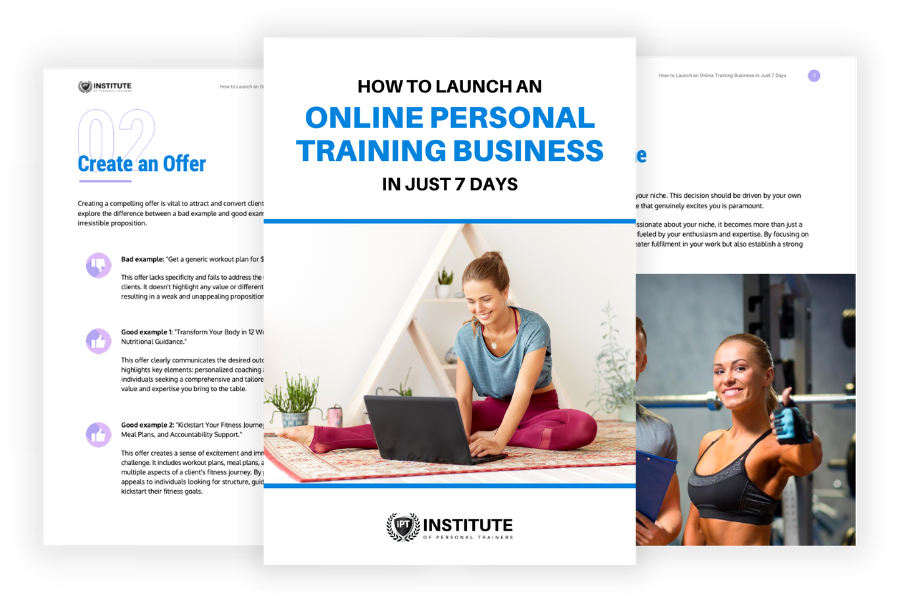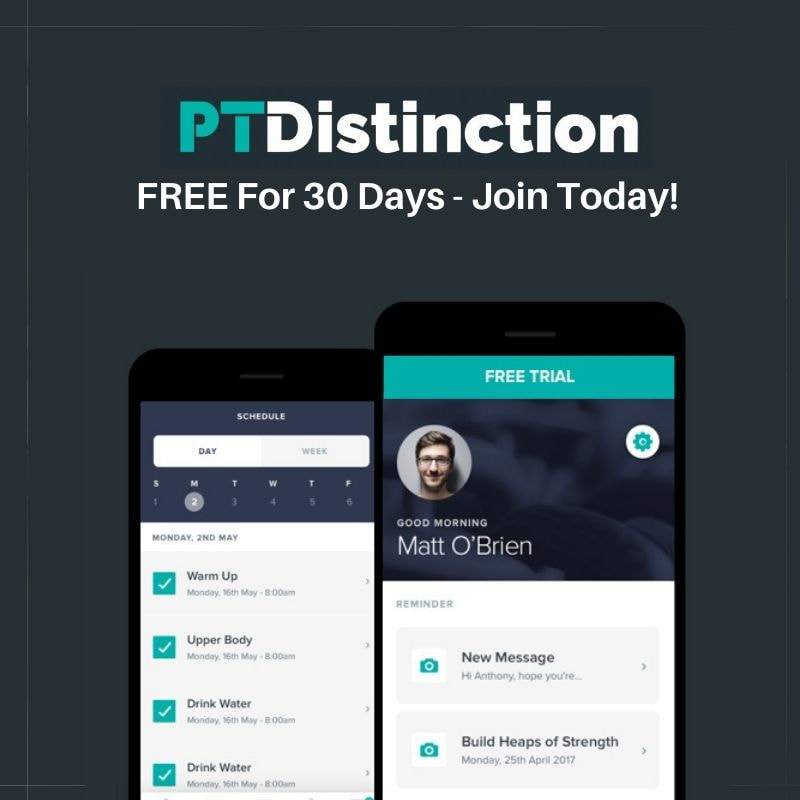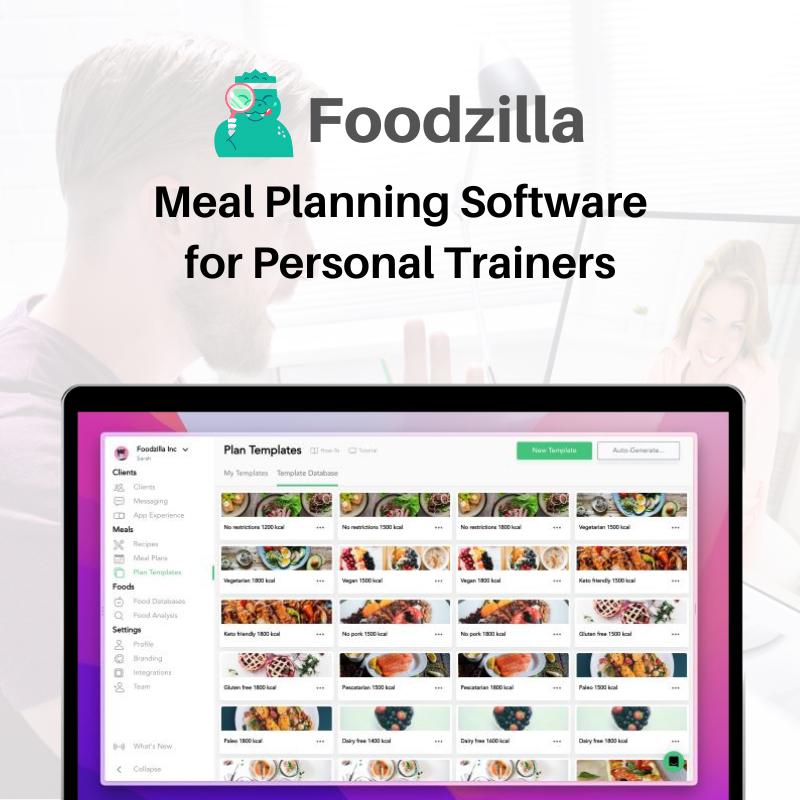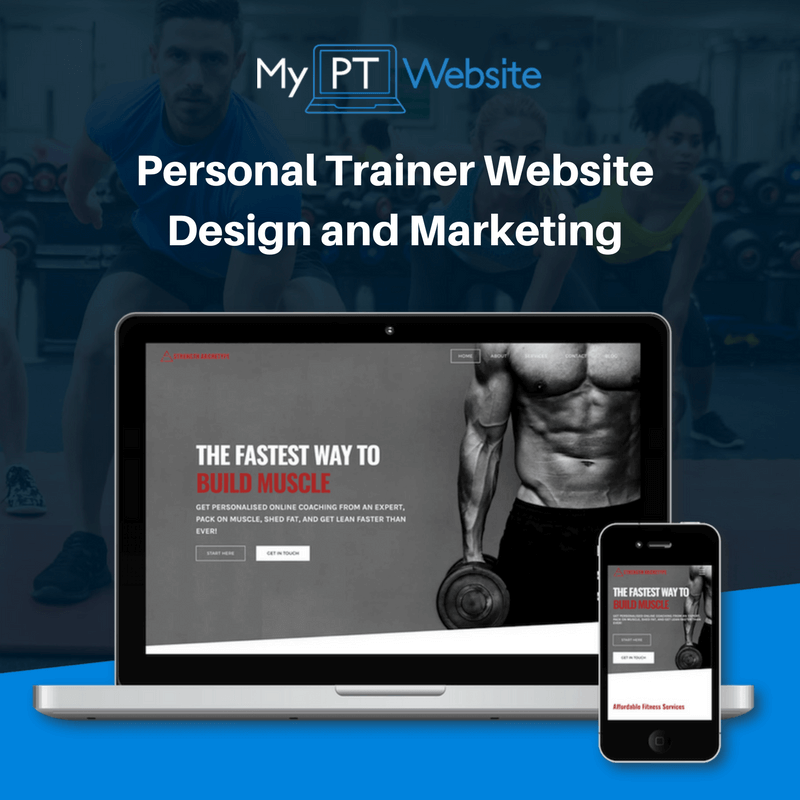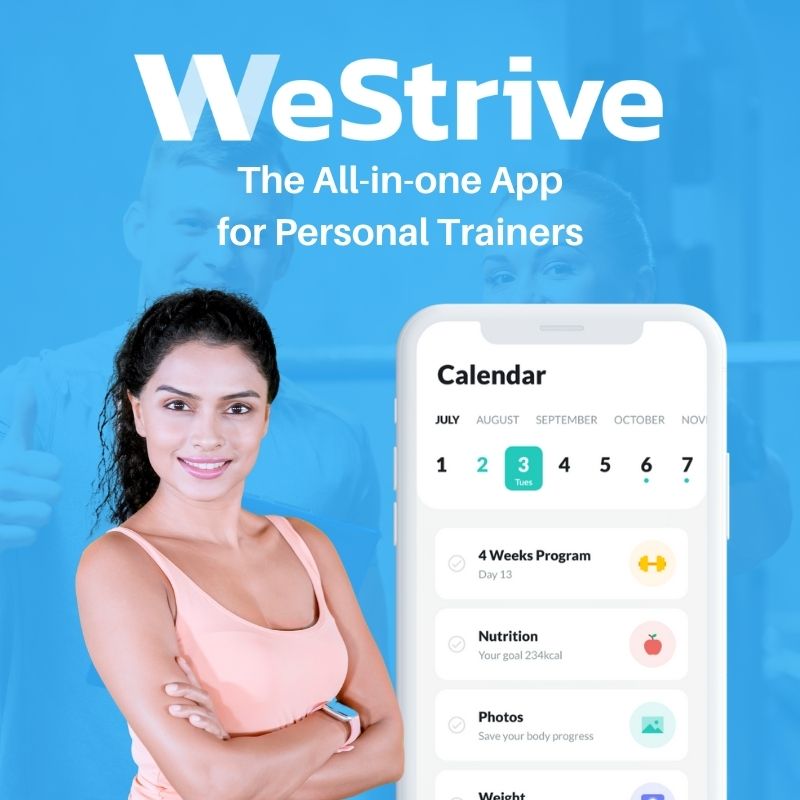|
FREE GUIDE: HOW TO LAUNCH AN ONLINE PERSONAL TRAINING BUSINESS
IN JUST 7 DAYS
✓ The new, better way of launching an online business
✓ The fastest way to create in irresistible offer ✓ A simple system to sell to clients who are interested |
|
Training a pregnant client can seem very daunting for a personal trainer. After all, you feel a sense of responsibility for the health and safety of the unborn child as well. However, this can be an incredibly lucrative and rewarding niche for personal trainers ready to work with that clientele. Remember that you will need to complete a pre and postnatal course first, then get some hands-on experience. It might feel scary at first, but so long you do your due diligence, you need not worry. With that being said, below, we will look at some tips and pieces of advice when it comes to training pregnant clients. #1. Thorough Assessments There is only one place to begin, and this is by making sure that you complete initial assessment forms. You'll want to know their exercise history, any injuries, surgeries, check posture, mobility, and any other important information they can give you that would affect their training, including medical history and lifestyle. Many women hire a personal trainer purely because they are pregnant, meaning they may not have exercised for quite some time. So, while assessments are crucial for any new client, prenatal women require special attention and more detail in their training. You might want to ask them about morning sickness, energy levels, nutrition, etc. If needed, you can also refer them to sister field professionals, like massage therapists or osteopaths, for manual treatments, registered dietitians for specific meal plans, and back to their doctor if any symptoms appear from training. #2. Goal Setting Next, you will want to find out what has compelled your client to get in touch with a personal trainer. What are they hoping to achieve? Maybe they want to boost their energy levels and mood during pregnancy? Perhaps they are hoping to keep the active and healthy for the baby? Understanding your client's goals is imperative to put together the perfect plan for them. Now, if you have done a thorough assessment, you will also be able to help your client with their goals and manage their expectations. While there's evidence that overweight and obese women may be able to lose some of their fat stores during pregnancy, scientists don't recommend aiming for weight loss while growing a baby. However, focusing on a nutritious and healthy diet and keeping active during pregnancy can go a long way in delivering a healthy baby and even achieving a lower body weight after pregnancy. The same goes for exercise goals. The person's exercise history should dictate what type of activities and training is prescribed for pregnant women. You can highlight that exercise isn't dangerous for the baby, but there are considerations that you will need to keep in mind. #3. Design Trimester-Adapted Sessions A woman's body experiences three distinctive stages during pregnancy called trimesters, as you probably already know. Some women might fly through these with less disruptive symptoms, while others might suffer more during the first and third trimesters. There will be distinct differences in how the mum-to-be feels and what she can do physically. Hence, it's imperative to handle the trimesters differently when designing their fitness plan. For example, during the first trimester, women typically feel overly tired, overheated, and dehydrated, not to mention the morning sickness. It will be crucial that you adjust each training session on the day so your client doesn't over-exhaust themselves. The second trimester is usually more energetic, but this is also when their bump will start to grow bigger slowly. During the third trimester, the primary consideration is their growing belly and how it affects their center of gravity. #4. Use Weights Where Appropriate Do not be scared to incorporate weights into your client's plan as long as it's safe for them to do so. Strength training helps make it easier for your client to get their strength back after birth, strengthen their body for labor, and manage aches and pains from their baby bump. Naturally, if your client has never lifted a dumbbell in her life before becoming pregnant, it might be a good idea to start with different resistance options like bodyweight and bands and use fitness balls and other equipment if they need a regression. However, if your client has been pretty regular with strength training, they can keep it up as long as they feel comfortable doing it. You might need to adjust the load, change movements, and regress as she progresses with her pregnancy, though. #5. Understand and Assess for Diastasis Recti A diastasis recti occurs when the rectus abdominis muscle separates along the linea alba during pregnancy. This is incredibly common, with approximately 70% of women experiencing it while pregnant. Recent research according to NASM suggests that stopping abdominal and core exercises altogether might increase the chances of DR occurring, so including appropriate practices to keep the abdominal muscles strong and flexible might help prevent it. If your client has already developed diastasis recti, you will need to adapt their training program accordingly. You can expect it to become more prevalent in the second half of the pregnancy once the baby bump grows progressively, so keep checking with your client about how their belly is and, if necessary, refer them to their GP or physiotherapist. #6. Focus on Core Strength Focusing on core strength is vital to combat the back pain pregnant women experience while their bump increases in size. You can help your client reduce the hollow in their lower back by strengthening the core muscles, including the TVA, glutes, obliques, and diaphragm. Some of the best people to follow for safe and effective exercise and workout inspiration for pregnant women are Jenny Burell and the Girls Gone Strong tribe. #7. Steer Away from Exhaustion As a personal trainer, you are likely used to pushing your clients to their limits during their sessions. However, this is not the approach you should be taking for a pregnant woman. Due to all the hormonal changes, often daily, you want to keep their core temperature low during training. Never train a pregnant client to the point whereby they are exhausted, overheated, and out of breath. This can be dangerous for the mother and baby because it can cause lightheadedness, dehydration, a sudden drop in blood sugar, and a sudden increase in blood pressure. #8. Teach Pelvic Floor Exercises Next, it is essential to check in with your clients and ask if they have started doing pelvic floor exercises and if they have any questions. You can explain that the pelvic floor refers to the muscles that support the uterus, bowel, and bladder. Strengthening the pelvic floor muscles is especially important for expecting women because it can considerably lower their chances of becoming incontinent once they have given birth. It'll be essential to explain to clients how they can figure out where their pelvic muscles are and how to start exercising them for strength and flexibility. You can also refer your client to a pelvic floor physio for further instructions and help if you deem it necessary. #9. More Emphasis on Warm-Up and Stretching A thorough warm-up is beneficial for minimizing injury risks and improving performance for any client. Both warm-up and cool-down practices are even more critical during pregnancy. The same applies to stretching as well. Make sure that your clients are warming up for about 10 minutes before strength and cardio workouts. Dynamic stretching before working out will ensure that your client is less likely to overextend their muscles, experience injury, or place too much strain on their joints. Before cardio, you can encourage a warm-up by performing the same exercise but at a lower intensity, followed by dynamic stretching. Otherwise, they can start with movements like arm, ankle, hip, and shoulder circles and bodyweight exercises like squats. #10. Introduce Elements of Yoga Last but not least, we highly recommend introducing elements of yoga into your client's training session. If you are a yoga instructor, that'll be a great addition. If you're not, don't be afraid to refer your client to a class you trust. There are many benefits associated with yoga, which is especially the case when it comes to yoga for pregnant women. Prenatal yoga can help your client to lower anxiety and stress, as well as improve their sleep. It is also beneficial to decrease shortness of breath, headaches, nausea, lower back pain, and other unwanted pregnancy symptoms. Plus, it can help increase the endurance, flexibility, and strength of the muscles required for childbirth. Wrapping Up Being pregnant isn't an illness, just a different stage of life for a woman who needs special considerations for training and nutrition. If you're a pre and postnatal qualified personal trainer, don't be afraid to work with expecting clients. However, you will need to monitor them closely and refer them to the relevant physician, therapist, or instructor when needed. Also, make sure you go through an extended PAR-Q and ask for a medical release form from their GP or doctor before working with them.
|
Our All In One Platform
Check out out all in one business & marketing platform for personal trainers!
WEBSITE BUILDER | FUNNELS |MEMBERSHIPS | SCHEDULING| EMAIL MARKETING| PAYMENTS| CRM | AI ASSISTANT | SURVEYS
Popular Articles
Trusted Partners
We work closely with some of the best service providers in the fitness industry.
Categories
All
|

